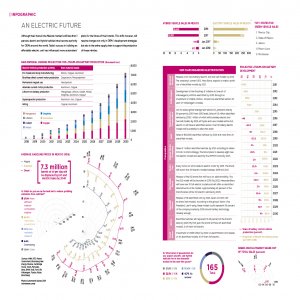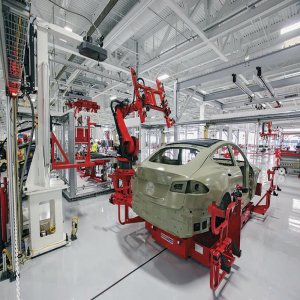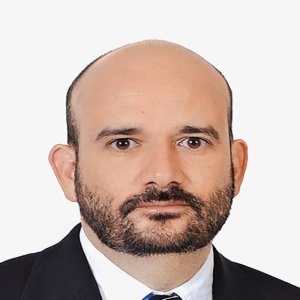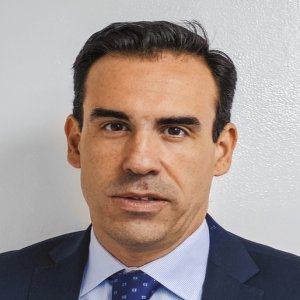Striking Gold in Automaker Waste

STORY INLINE POST
Waste elimination need not be a burden for automotive companies when operations can be made more environmentally friendly while delivering savings. According to Eugenio Floresgómez, Director of Sales and Branches at Grupo Pochteca, several OEMs in Mexico still do not treat purge solvent for recuperation, which means there are opportunities to improve efficiencies.
“OEMs normally use four or five solvents in their painting process,” says Floresgómez. “Separating these after use allows companies to reuse part of their waste by selling it as raw material for new products and processes that meet all regulations.”
With over 30 years in the market, Pochteca is a Mexican company that focuses on wastewater treatment for the recuperation of solvents. The sector has grown at double-digit rates since 2013, mostly thanks to the continuous growth of the Mexican automotive industry, according to Floresgómez. “Our growth is directly related with the momentum of the sector and the consistency of our value offering to its entire supply chain,” he adds. Pochteca already counts GM and Mazda among its local automotive clients but Floresgómez says more OEMs can find advantages in investing in the recuperation of solvents as opposed to merely generating waste.
Pochteca is present in several automotive segments, developing other products that support its clients’ operations, such as lubricant solutions that minimize engine replacements and downtime while maximizing the vehicle’s life cycle, according to Floresgómez. “We are also planning to develop cleaning materials for auto parts,” he adds. The company targets inorganic growth through M&As aside from the organic growth its core activities offer. The company recently purchased former client Conjunto LAR and entered the car care aftermarket with degreasing agents and cleaning materials for tapestries.
However, solvent recuperation remains the company’s strongest business area. This makes the Bajio region, Puebla and Monterrey the company’s priorities for expansion, the Bajio in particular since it has a potential for growth of 35 percent according to Floresgómez. “Most of our local subsidiaries grow at the rate of the Mexican economy but the Bajio region grows faster thanks to the dynamism of the automotive industry,” he says.
Pochteca plans to refurbish its facilities in these regions and Guadalajara to increase in size and capacity. The company’s expansion plans for Monterrey include a larger working area and railroad transportation, as well as new solvent recuperation equipment there and in Guadalajara. “We are almost quadrupling our storage capacity with railroad services to include more tank railcars,” says Floresgómez.
Pochteca’s overall growth strategy is twofold. “We will focus on the automotive projects and initiatives we have landed to achieve 7 percent growth in 2018,” says Floresgómez. “Selling more products to our current customers makes more sense than opening a distribution center in a new region or manufacturing new products,” he adds.
In terms of technology, Pochteca currently focuses on increasing the benefits clients can gain from investing in the company’s solutions. “We grow organically by finding new ways to integrate our value offer in raw materials for assembly lines and purge solvent treatments,” says Floresgómez. Introducing new equipment to its solvent recuperation facilities is part of this strategy since these machines will enable Pochteca to better fractionate solvents and offer purer product streams for future use.
“We need to raise awareness of our products as automotive companies continue to arrive,” says Floresgómez. “Pochteca has worked on technological development with US companies, which makes it easier for us to collaborate with them.” Asian and European OEMs, on the other hand, represent key opportunities for growth for Pochteca although Floresgómez still sees a challenge to enter this particular market. “European and Asian companies generally look for companies they already know from their home markets,” he says.
























